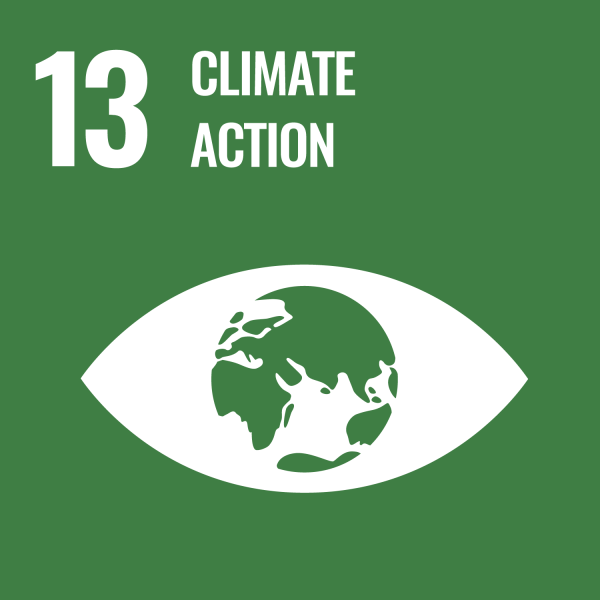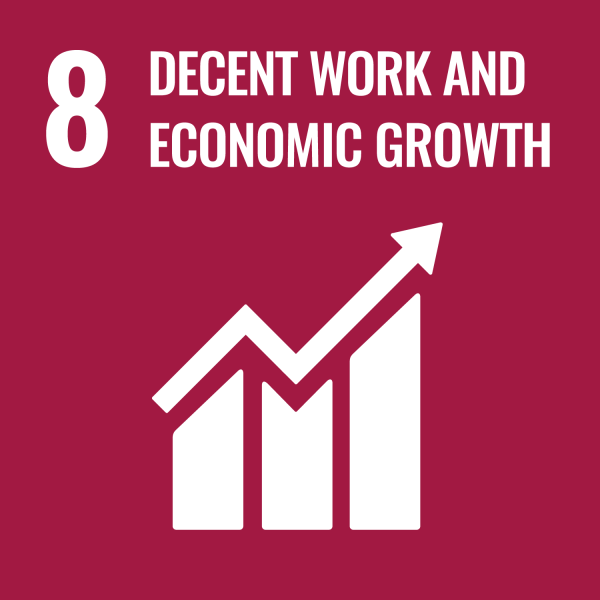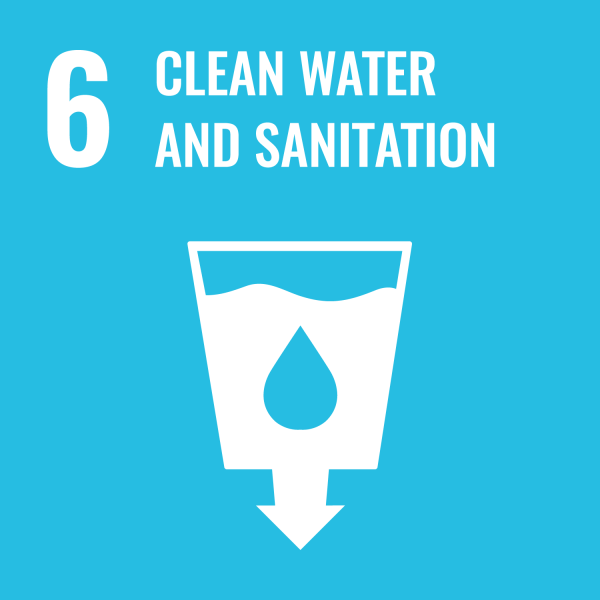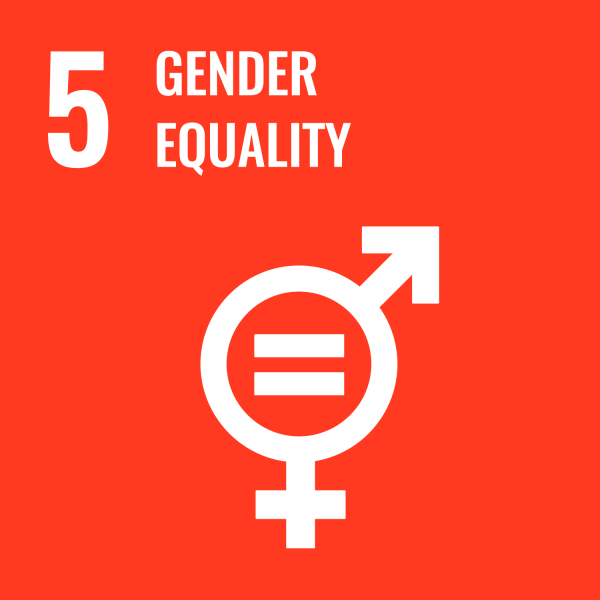…rapid progress in ending open defecation has been achieved. However, extreme climate events and poverty remain significant challenges in reaching the SGD6 of sanitation for all. Over 100,000 children still die each year of preventable diarrhoeal diseases in the country. FINISH Mondial India started in 2009 and successfully built a local ecosystem to deliver sanitation services on a large scale. The track record under the Indian FINISH Society programme has laid the foundation for the current FINISH Mondial 6-country programme.

people reached with safe sanitation

euros invested in safe sanitation
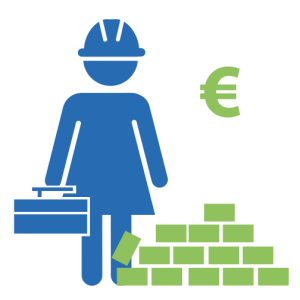
entrepreneurs trained

schoolchildren benefit through WASH in schools

tons of co-compost produced from waste
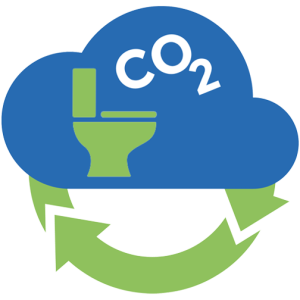
tons of CO2 emissions saved
Only by involving all actors in the sanitation ecosystem and financially empowering them can we create sustainable change!
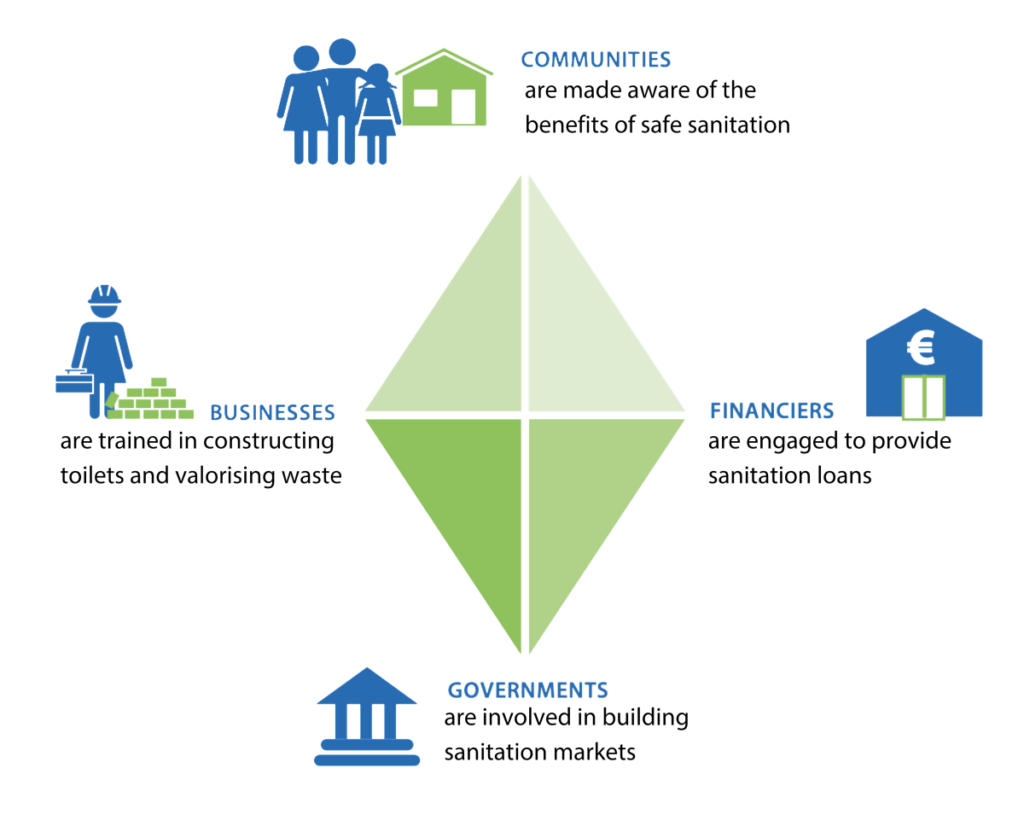

are made aware of the need for safe and durable toilets and good hygiene. This prompts them to want to invest in improved toilets.
are trained in setting up enterprises to construct improved toilets and valorise human waste in the circular sanitation economy.

are engaged to provide sanitation loans to communities and businesses, ensuring financial inclusion of a wider group of people, especially women

are involved in implementing laws and regulations on sanitation standards and building a growing sanitation market through public-private partnerships.
Through the circular sanitation economy, we contribute to climate change mitigation and adaptation and the SDGs.
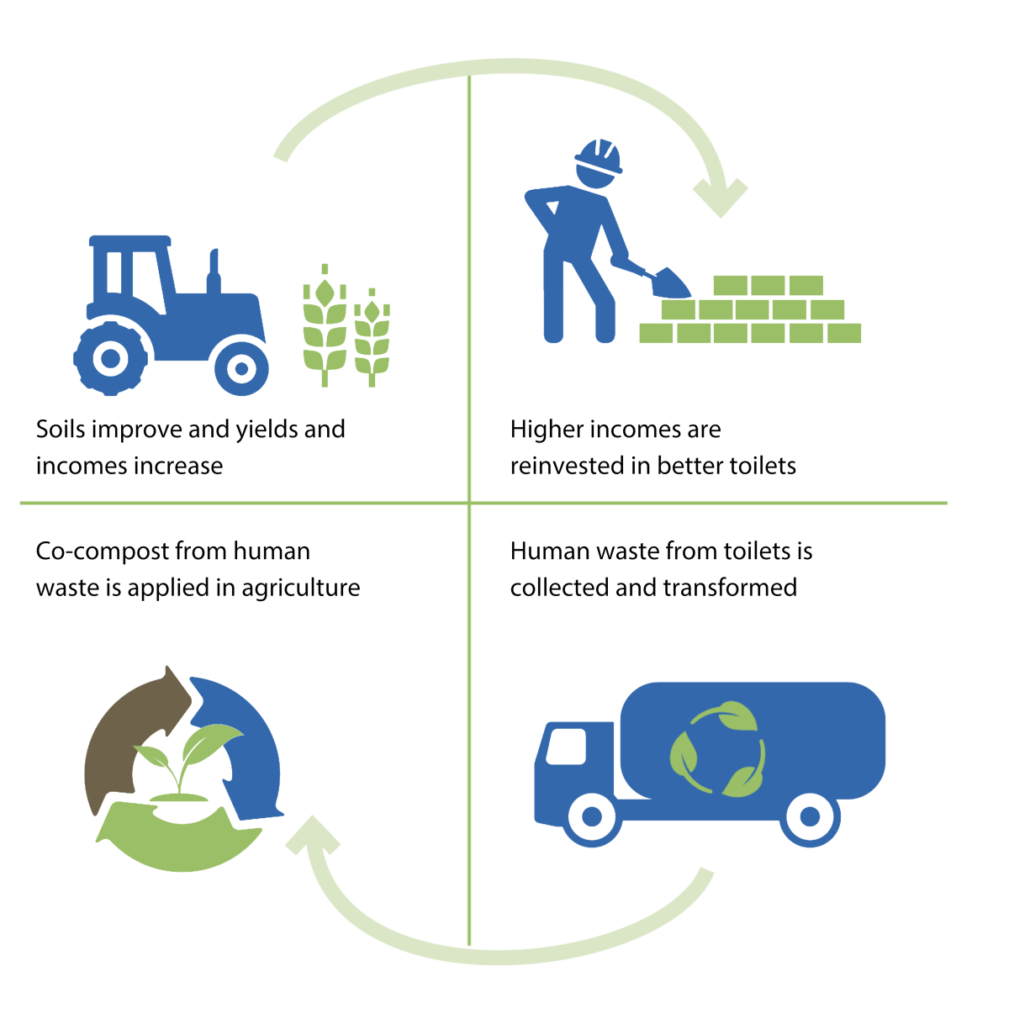
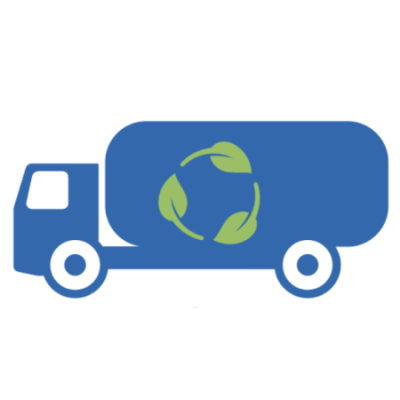
Human waste produced in the toilets we build is safely stored and collected. We thereby avoid creating greenhouse gas emissions from inadequate storage of faecal matter (methane being released into the air).
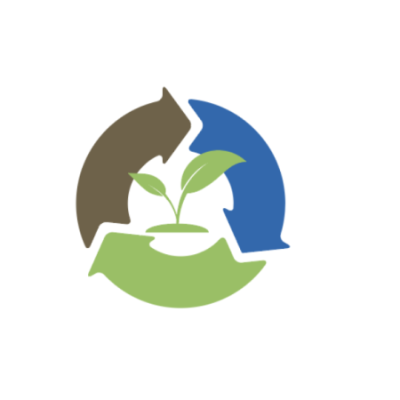
The collected waste is treated using nature-based solutions, like vertical and horizontal wetlands systems, and transformed into co-compost that can be safely applied in agriculture.
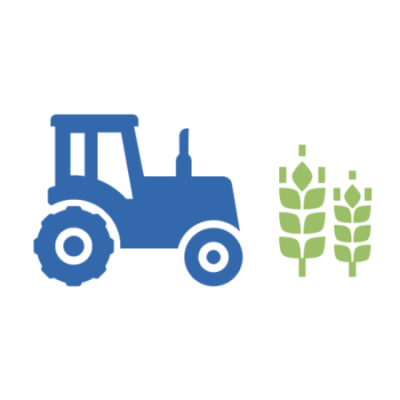
The application of nitrogen-rich co-compost improves soil quality and its water-holding capacities, which leads to higher crops yields, greater flood resilience of soils and improved food security.
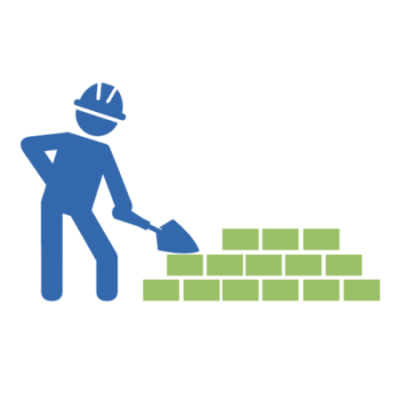
Higher incomes from higher yields can be reinvested in building more sanitation system
